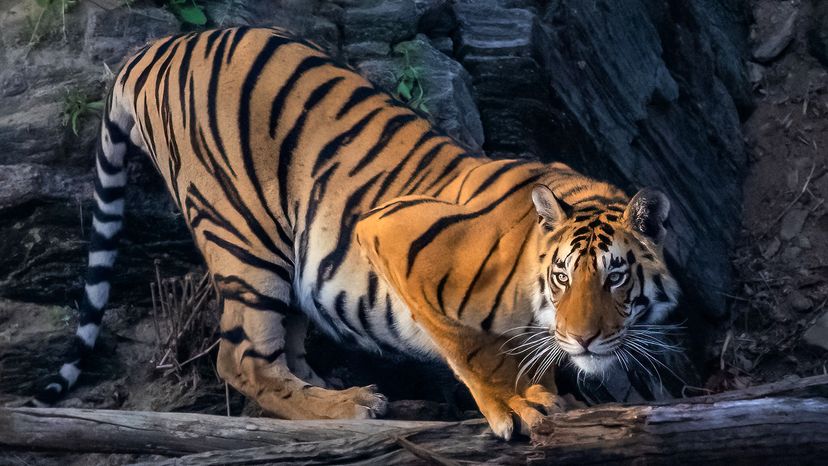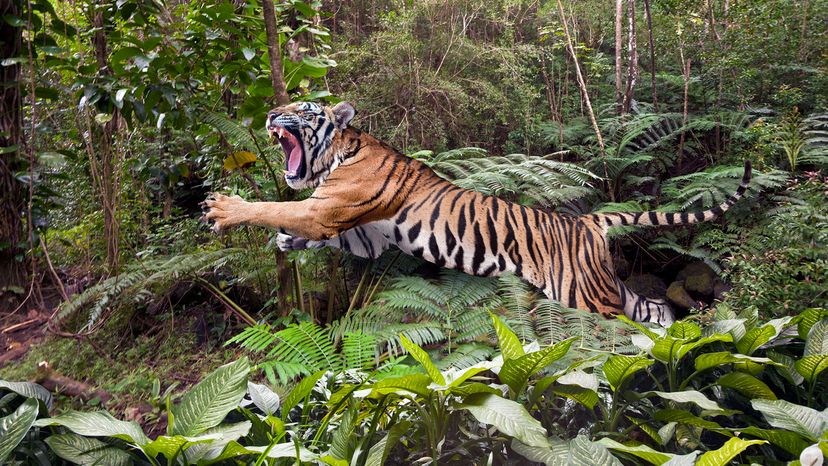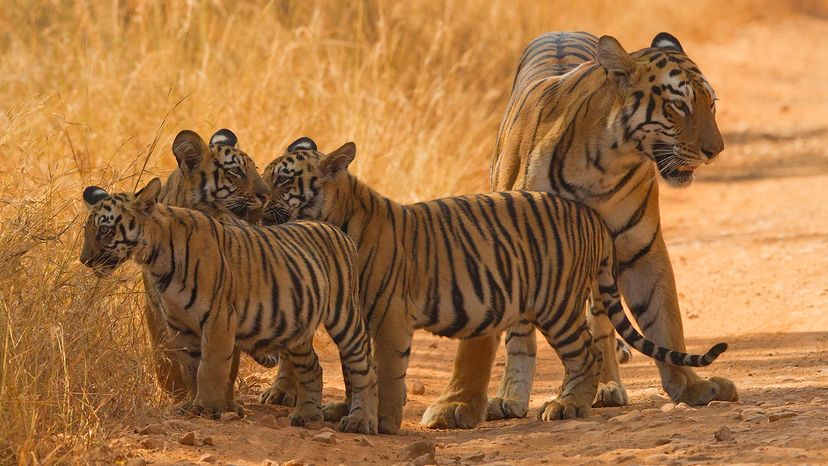
The Bengal tiger is one of the biggest wild cats on the planet. It's also a popular tiger in pop culture. Shere Khan from "The Jungle Book," Rajah as Jasmine's pet tiger in "Aladdin" and Richard Parker from "Life of Pi" — they're all Bengal tigers!
This recognizable tiger is found primarily in India and Bangladesh, where it dominates the food chain. But despite being powerful predators, Bengal tigers face serious threats from habitat destruction and poachers looking to sell tiger bones and other body parts.
Advertisement
Let's learn more about this endangered species.

